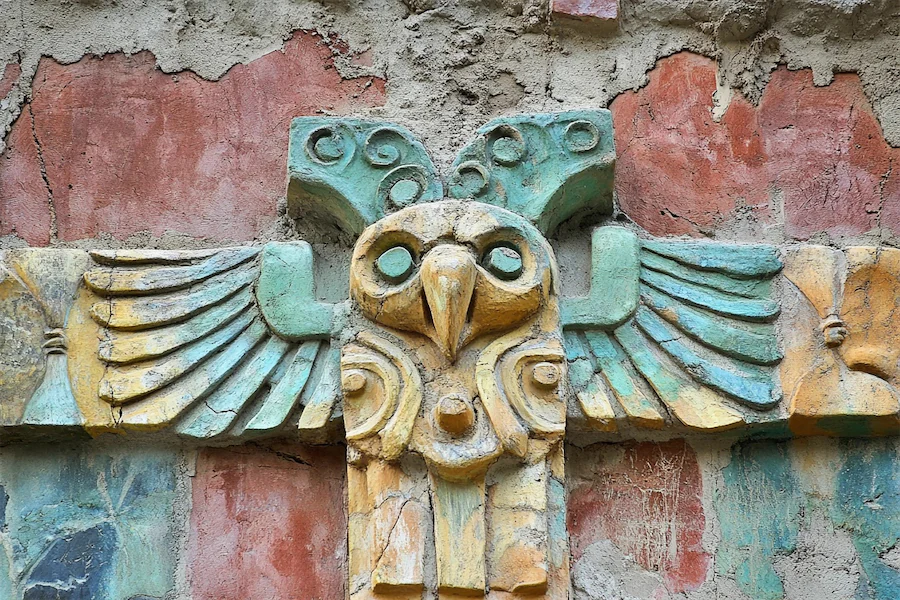Pueblo Revival architecture, which gained popularity in the early 20th century, draws inspiration from the traditional adobe dwellings of Indigenous Pueblo peoples in the Southwestern United States. A defining characteristic of this style is its distinctive wall construction, which emphasizes harmony with the natural environment and cultural heritage.
History and Origins of Pueblo Revival Walls
The Pueblo Revival style emerged in the early 1900s as architects sought to revive and modernize the indigenous Pueblo architectural forms. This movement was particularly prominent in New Mexico and Arizona, where the style became a regional expression of cultural identity. The walls in Pueblo Revival architecture are central to its aesthetic and functional appeal, reflecting traditional building techniques adapted to contemporary needs.
Key Features of Pueblo Revival Walls
- Material and Construction: While traditional Pueblo structures utilized adobe—sun-dried earth and straw bricks—Pueblo Revival buildings often employ modern materials such as brick or concrete. These materials are typically coated with stucco to mimic the appearance of adobe, providing durability while maintaining the characteristic aesthetic.
- Thickness and Insulation: The walls are notably thick, a feature that enhances thermal mass, helping to regulate indoor temperatures by keeping interiors cool in the summer and warm in the winter. This design is well-suited to the Southwestern climate.
- Surface Texture and Color: Stuccoed walls are often finished with earth-toned colors, such as tan, brown, or reddish hues, to blend seamlessly with the surrounding landscape. The texture is usually smooth, though some variations may include subtle surface irregularities to emulate traditional hand-applied finishes.
- Architectural Details: Pueblo Revival walls often feature rounded corners and irregular parapets, contributing to the organic and handcrafted appearance of the structures. Additionally, projecting wooden beams, known as vigas, extend through the walls, serving both structural and decorative purposes.
Applications of Pueblo Revival Walls
Pueblo Revival wall designs are utilized in various building types, including:
- Residential Homes: Emphasizing a connection to regional heritage, these homes often feature thick, stuccoed walls with rounded edges and earth-tone finishes, creating a cohesive and culturally resonant aesthetic.
- Public and Institutional Buildings: Structures such as museums, schools, and government buildings adopt Pueblo Revival elements to reflect local identity and historical continuity. For example, the New Mexico Museum of Art in Santa Fe showcases characteristic stuccoed walls and stepped massing.
Considerations When Choosing Pueblo Revival Wall Designs
When considering Pueblo Revival wall designs for construction or renovation, it’s essential to:
- Select Appropriate Materials: While modern materials can be used, it’s crucial to achieve the authentic look and feel of traditional Pueblo architecture. Utilizing stucco finishes over brick or concrete can effectively replicate the adobe appearance.
- Ensure Climate Compatibility: The thick walls are particularly effective in arid climates, providing natural insulation. In regions with higher humidity or rainfall, additional measures may be necessary to protect against moisture intrusion.
- Maintain Architectural Integrity: Incorporate traditional elements such as rounded corners, vigas, and earth-tone colors to preserve the distinctive character of the Pueblo Revival style. Attention to these details ensures a cohesive and respectful representation of the architectural heritage.
Conclusion
Pueblo Revival walls are a testament to the enduring appeal of indigenous architectural traditions, thoughtfully adapted to contemporary contexts. By embracing the key features and considerations outlined above, builders and designers can create structures that honor cultural heritage while providing functional and aesthetically pleasing spaces.
